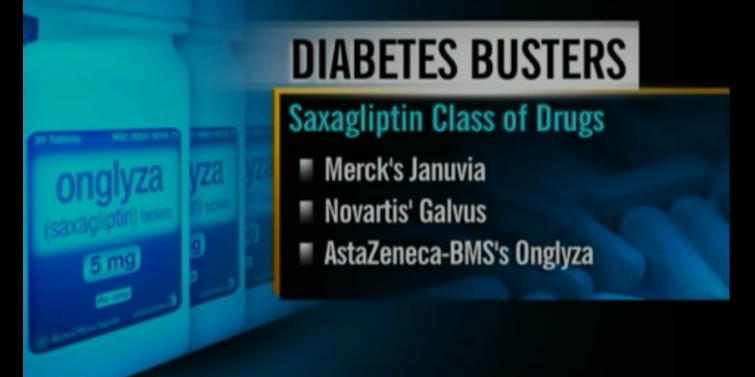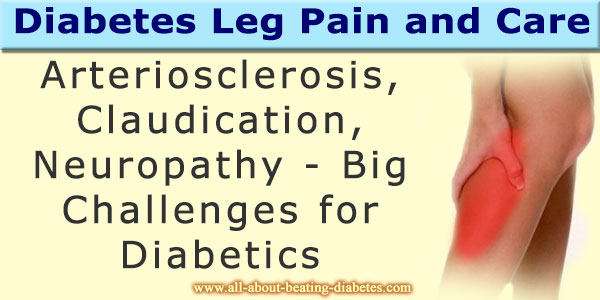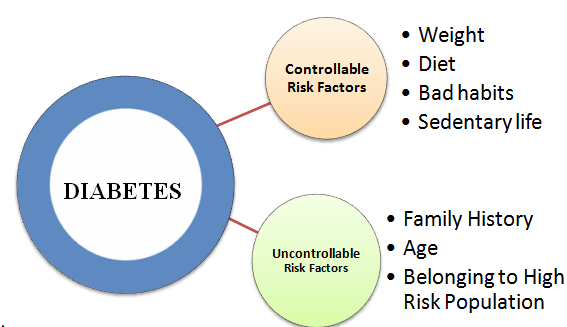Capillary blood sugar monitoring
QUESTION: How far accurate is the capillary blood sugar monitoring?
ANSWER: Hi,
Capillary blood sugar monitoring is the best way to follow your blood sugar levels when you try to keep it in normal range without going to the hospital.
This is even the simplest way which provides you the opportunity to control your blood sugar level, by regulating the amount of food taken per meal.
All you have to do in this case is to see the values of blood sugar before and after applying insulin.
Therefore, if you have a concentration of glucose 6.5mmol/l in the blood taken from you finger, the amount of the glucose is going to be the same in the blood taken from a central vein.
While with the capillary blood sugar monitoring method you are reducing the risk of developing infections and other complications.
In addition, this method reduces the trauma, which is observed after several times of taking blood from your vein.
As you may know, there is a strict protocol, which has to be followed, when someone is taking a blood from your vein. This is very difficult procedure which is hiding a lot of risk and for that reason it has to be estimated by qualified personal.
Taking blood from a vein provides the opportunity to take as much blood as it is need to proceed with the tests.
When you are taking blood from a finger, the amount of blood is not higher than several drops. These drops are not enough for the entire biochemical tests, but it is enough for measuring your blood sugar level.
All the best!
Dr.Alba
Click here to post comments or follow up
Ask the Doctor now? Simply click here to return to Charts of blood sugar levels.
Normal morning fasting levels (98), but high post prandial & A1C test ranges 5.6%-7%!
by Caron
(USA)
QUESTION: My a.m. fasting levels are always in the normal range,but post prandial levels suggest diabetes.
My A1c test have ranged from 5.6%-7%, so how do you know if your truly diabetic or not? If went to the doctor and had an A1c test of 5.6- they would you are normal, but if you were tested another time and it was 6.5-7%, you would be labeled diabetic.
So confusing and frustrating. It seems you either are or are not. Help
ANSWER: Hi Caron,
At first, I want to calm you down, because today’s approach of beating diabetes is proven to work, so if you have it you will handle it in no time.
Regarding you worries about being diabetic or not, I have to inform you that there is another condition names pre-diabetic.
Generally, the pre-diabetic term is used for patients who haven’t experience all of the diabetic symptoms and those who haven’t developed it yet.
In addition, I want to inform you that the confirmation of diabetes is very long procedure, because a lot of tests, like Fasting plasma blood glucose test, Oral Glucose Tolerance Test, A1C test and Random blood glucose test, have to be executed to confirm or exclude this diagnose.
Having normal blood glucose concentration in the morning excludes diabetes for sure, because diabetics have elevated blood glucose concentration all the time.
However, the fact of having elevated post-prandial blood glucose talks about some kind of problem with the glucose metabolism.
In most cases, such patients are diagnosed as pre-diabetics, which mean that in future you may develop diabetes, if you are not taking care of yourself.
The other thing, which talks about being pre-diabetic, is the slight elevation of the A1C test result.
I’m sure you know that the normal A1C test result has to be less then 6.5% and yours is near by this range.
Such elevation of the A1C describes spike in your blood glucose concentration during the last three months, a fact which is confirmed by the post-prandial blood glucose test.
I think that it would be better for you to talk with your healthcare provider about the oral glucose tolerance test, which can provide additional data.
However, I still think that it is a matter of pre-diabetes; therefore, please find some helpful suggestions for taking good control of blood glucose in the following paragraphs:
1. Follow a diet, which contains a very small amount of glucose and little cholesterol. This will minimize the intake of glucose, which of course will result with normal post-prandial blood glucose results.
I think that it would be better for you to avoid consuming sweet things, pork, soda and other stuff, which are rich in cholesterol or glucose. Try to concentrate on eating fish and vegetables.
2. You can bring your blood glucose level back to normal by doing exercises. Remember that during exercises, your body requires a lot of energy (glucose), which means that you will easily burn the excessive amount of glucose during the physical activity.
At this stage, the usage of drugs is not necessary, because your results are not elevated enough.
Try to beat your blood glucose problems naturally, because this approach will keep you away from diabetes and the drugs, used for its treatment.
Hope it helped!
Dr.Alba
What the community is asking about:
- Why is my blood sugar level higher first thing in the morning?
- Why do I wake up with blood sugar level as high as 300?
- How long does it take to reduce a reading of 800 to get back to a
normal range? - Perform A1C Test At Home!
- Glucose Level Paradox
- Convert Blood Sugar Reading of 12.3 to USA Terms
- Sudden Jump in Fasting Sugar Level
- Goals for geriatric hba1c
- Gallstones and high blood sugar after fasting
- High Morning Blood Sugar
Click here to post comments or follow up
Ask the Doctor now? Simply click here to return to Charts of blood sugar levels.
Diabetes complications Questions or Problems? Get Help Here
This is the place where you can ask a question about any aspect of diabetes complications.
It's free and it's easy to do. Just fill in the form below, then click on "Submit Your Question".






